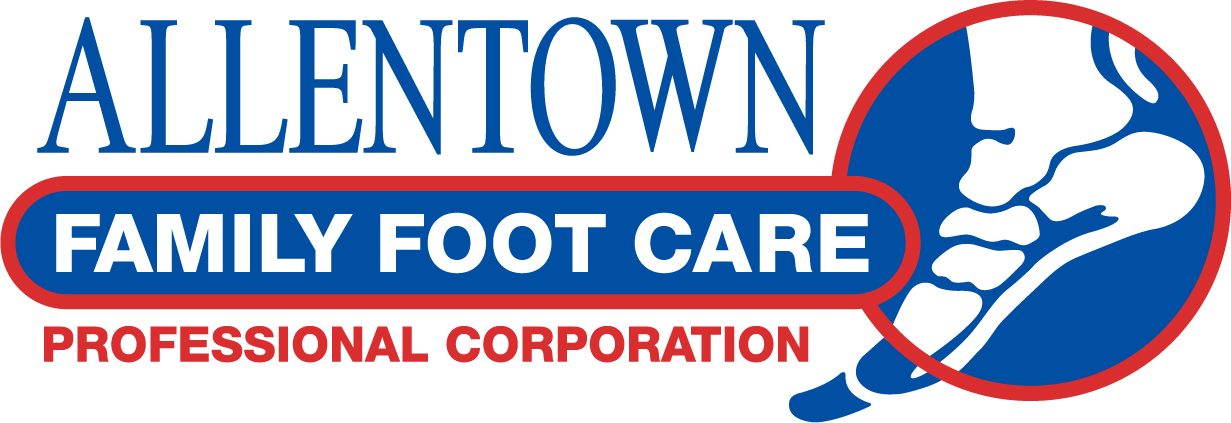The weather is getting warm, spring has sprung and you are thinking about starting an outdoor exercise program so you can look and feel great in your summer wardrobe. We all understand the health benefits of a walking program, including reduced stress, weight loss, and lowering risk for chronic illness, such as diabetes. But don’t forget your feet! When starting an exercise program, it is important to have all the right equipment on hand and that means the right shoes to fit your feet.
A visit to any sporting goods store will reveal an array of different sports shoes. There are sneakers designed for walking or running, aerobics or cross training but the key is to match the shoe with your activity and with your specific foot needs.
It is important to make sure that the fit of the shoe is right for your foot. The shoe should be longer than the longest toe (on some this is the great toe, on others it is the 2nd toe or 3rd toe) and should have enough room for the toes to “breathe”. The width of the shoe should be appropriate and not allow the sides of the foot to go over the edge of the shoe. The shoe should be comfortable and not pinch or dig into any area of the foot. The arch should feel supported. Any areas that are prominent on the foot should be accommodated with softer mesh materials to avoid pressure points that can cause skin or nerve irritation, corns or calluses.
An improper shoe fit can cause problems with your feet and derail your exercise program. Shoes that are too small can cause corns and calluses from rubbing on the skin. Bunions and hammertoes can develop over time due to shoe pressure. A nerve irritation, (called a morton’s neuroma) can develop from shoes that are too narrow or heels that are too high. Tendonitis (an irritation of the tendon) can happen on any tendon of the foot from shoes that are too large and cause rubbing against a tendon.
There are many foot conditions that can arise from improper footwear that may be avoided if you pay attention to your feet. As with any medical concern, it is important to discuss areas of pain or concern with your podiatrist before starting an exercise program or when problems arise, so that you stay on the right track.
Ann C. Anderson, DPM FACFAS, FAPWC
Dr. Anderson is in practice with Allentown Family Foot Care, PC. She has 20 years of experience as a ballet dancer and loves to treat patients that are active, with the goal of maintaining their activity level throughout their treatment.
